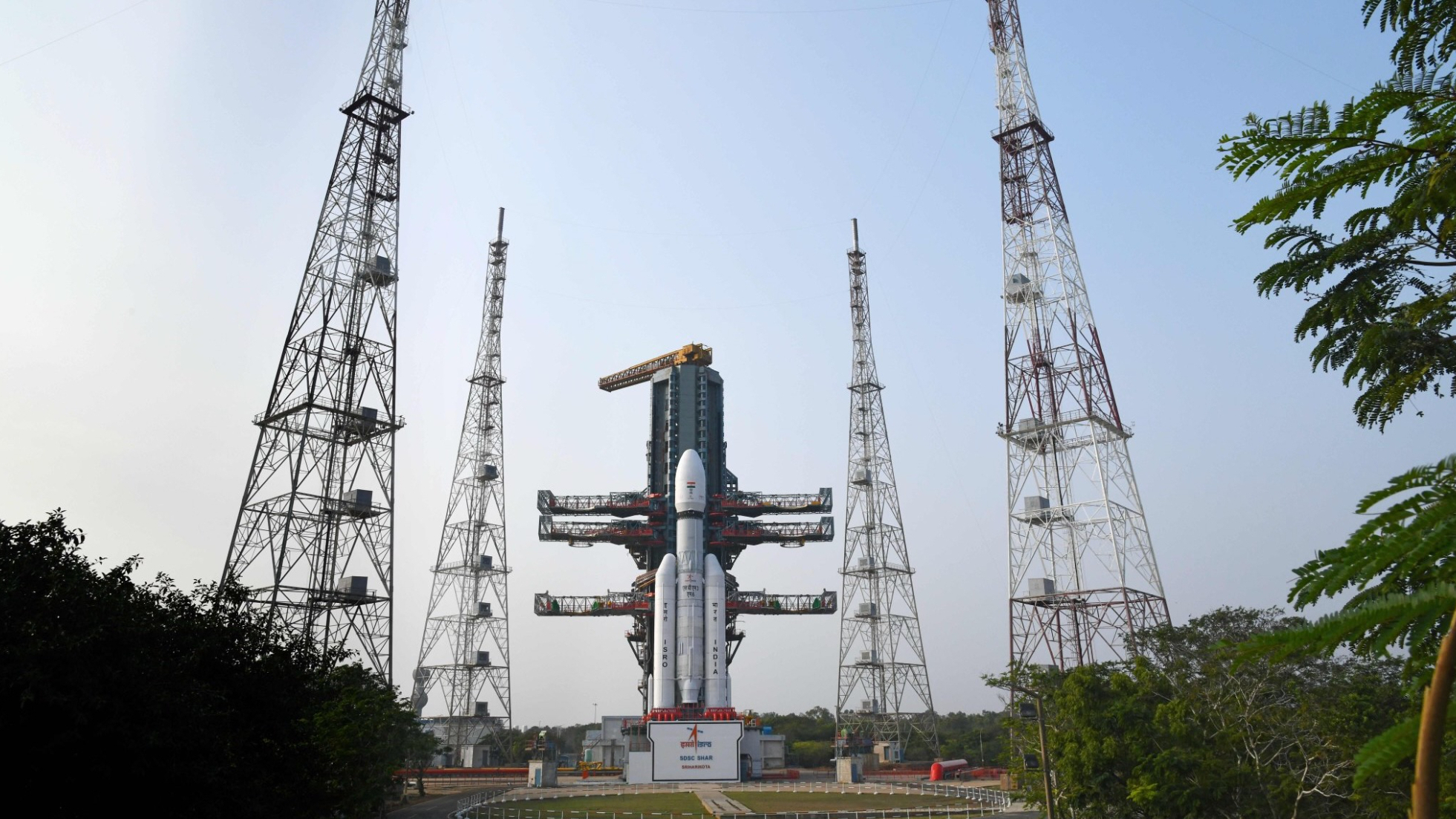Cassini Probe Spies Spokes in Saturn's Rings

The Cassinispacecraft orbiting Saturn has finally spotted spokes cutting across the planet'srings, a phenomenon astronomers have long hoped their plucky orbiter might find.
Whileflying past the dark side of Saturn's B ring, Cassini's camera eye photographedthe spokes - which appear as radial markings - in a series of three imagestaken over about 27 minutes. The find is a gem of sorts for mission imagingscientists, who have been hunting for the ring spokes since Cassini arrived atSaturn.
"We've beenon the lookout for them since February, 2004," said Carolyn Porco, Cassini imaging team leader at the Space ScienceInstitute in Boulder, CO, of the spokes in an e-mail interview. "Spokesare one of those Saturn-system phenomena that we are keenly interested inunderstanding."
Saturn'sodd ring spokes were photographed during NASA's Voyager mission, whichswung passed the planet in the 1980s, and later observed by astronomers usingthe Hubble Space Telescope.

IMAGE: NASA/VOYAGER
But spokes werenoticeablyabsent when Cassini made its final approach toward Saturn in February 2004,and are a prime target for astronomers because of their role and formation within theplanet's rings are not fully understood.
"These areamong the things we hope to learn," said Porco, who participated in the Voyagermission as well. "[The spokes] are obviously related to a host of processes...andmay point to some important effects in understanding the magnetic field and theplanet's magnetosphere, and how these systems interact with the rings and atmosphere."
Breaking space news, the latest updates on rocket launches, skywatching events and more!
Porco andher imaging team did not initially expect to observe ring spokes until about 2007,when certain models predicted spoke formation and visibility.
"Well, insome sense we should have expected, if the recent models are correct, to seethem on the dark side where the photoelectron abundance is low," Porco said ofthe spokes. "So, I was surprised to see them. But once they showed up, Irealized we should have expected them there all along."
While theimages were released on Sept. 13, Cassini actually photographed the ring spokeson Sept. 5, 2005, using clear filters and its wide-angle camera from a distanceof about 198,000 miles (318,000 kilometers) from Saturn. The spokes themselvesare fairly faint, and are about 60 miles (100 kilometers) wide and 2,200 miles(3,500 kilometers) long, researchers said.
UnlikeVoyager or Hubble, Cassini is in a unique position to study ring spoke phenomenaat Saturn, Porco said.
"Remember,Voyager was just a flyby, Cassini is in orbit," Porco said, adding that Cassiniis a vastly superior observation platform when compared to Voyager. "We havethe opportunity for monitoring them and their behavior, their comings andgoings, how they evolve, when they appear and disappear."
Byobserving the spokes on Saturn's rings, Cassini rekindled fond memories of Voyager for Porco.
"It feltlike the old days, when we first saw the spokes," Porco said. "They are oneweird phenomena and it was a joy to see them again...especially since we hadn'tseen them yet and were eager to know why."
- On Final Approach, Cassini Photographs Saturn
- Cassini Special Report

Tariq is the award-winning Editor-in-Chief of Space.com and joined the team in 2001. He covers human spaceflight, as well as skywatching and entertainment. He became Space.com's Editor-in-Chief in 2019. Before joining Space.com, Tariq was a staff reporter for The Los Angeles Times covering education and city beats in La Habra, Fullerton and Huntington Beach. He's a recipient of the 2022 Harry Kolcum Award for excellence in space reporting and the 2025 Space Pioneer Award from the National Space Society. He is an Eagle Scout and Space Camp alum with journalism degrees from the USC and NYU. You can find Tariq at Space.com and as the co-host to the This Week In Space podcast on the TWiT network. To see his latest project, you can follow Tariq on Twitter @tariqjmalik.
